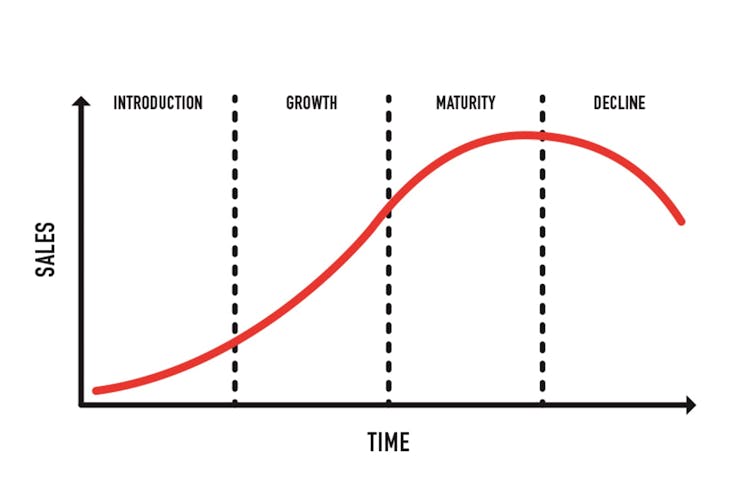South Australians waiting for surgery at the Royal Adelaide Hospital (RAH) and The Queen Elizabeth Hospital (TQEH) are being seen sooner thanks to a new strategy dramatically reducing overdue elective surgery waitlists.
The Elective Surgery Reduction Strategy at the Central Adelaide Local Health Network (CALHN) involves running additional surgery sessions at TQEH and RAH and transferring low-risk cases to private providers.
Minister for Health and Wellbeing Stephen Wade said it’s part of the Marshall Liberal Government’s $45 million investment to reduce overdue elective surgery waitlists and colonoscopy procedures to zero.
“In just two months, the elective surgery overdue waitlist at CALHN has reduced by more than 650 patients, while the colonoscopy overdue list has reduced by 150 patients,” Minister Wade said.
“We’re expecting that more than 800 overdue patients at CALHN will receive their surgery by the end of June.
“We’re making sure that our services deliver better value for the taxpayer dollar but more importantly, we’re making sure South Australians aren’t waiting to receive the care they need.
“The former Labor Government allowed elective surgery waiting times to blow out. At the election, this government committed $45m over two years to bring down elective surgery wait times. Labor did not one commit $1.
“Since our funding started rolling out, the elective surgery overdue waitlist across all metropolitan hospitals has halved and elective surgery wait times have significantly improved.
“In the past 10 weeks, 951 people have come off the overdue waitlist. 957 people remain on the overdue list, down 50 per cent from 1908 on 20 March.
“The total number of people waiting for elective surgery – not just those who are overdue – is 17,235, down from 17,957 nine weeks ago. That’s 722 less people waiting for elective surgery.”
Executive Director of Operations at CALHN, Paul Lambert, said each year more than 18,000 patients have elective surgery at the RAH and TQEH.
“This new strategy has renewed our focus on elective surgery, which has in the past been challenged by increasing pressure across our hospitals,” Mr Lambert said.
“We have never before had an agreement of this scale in place with private providers to ensure our patients receive the surgery they need.
“By using a staged approach to ramp up procedures, we can manage our existing waiting list numbers and bed capacity to improve the health and wellbeing of all South Australians.”
Patients deemed clinically suitable are being transferred to the private sector while all high acuity, complex elective patients will remain at the RAH and TQEH.







